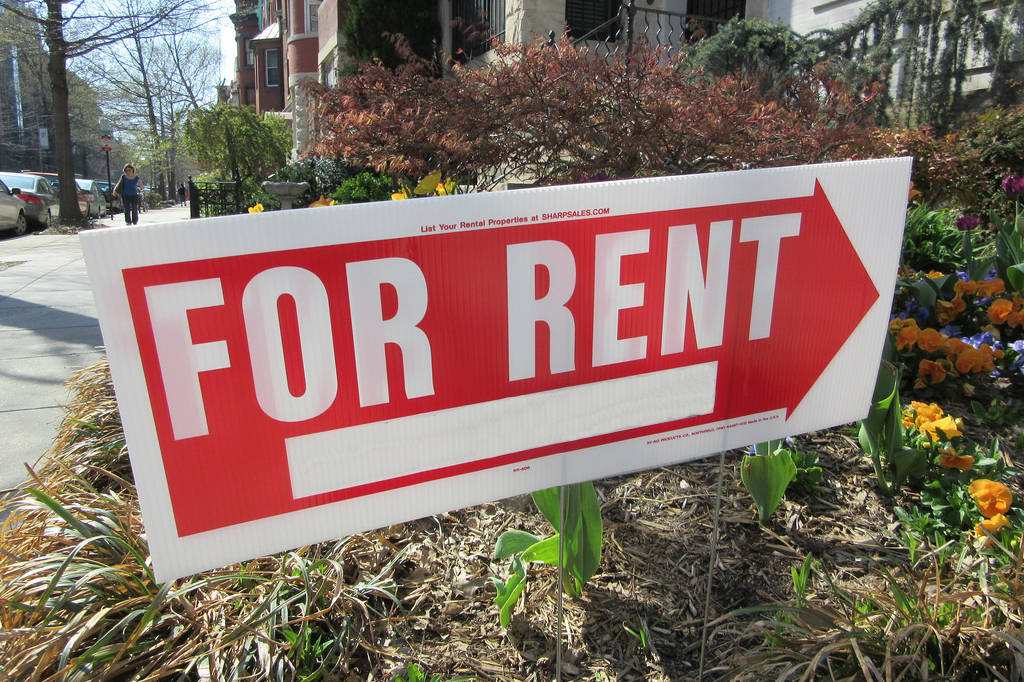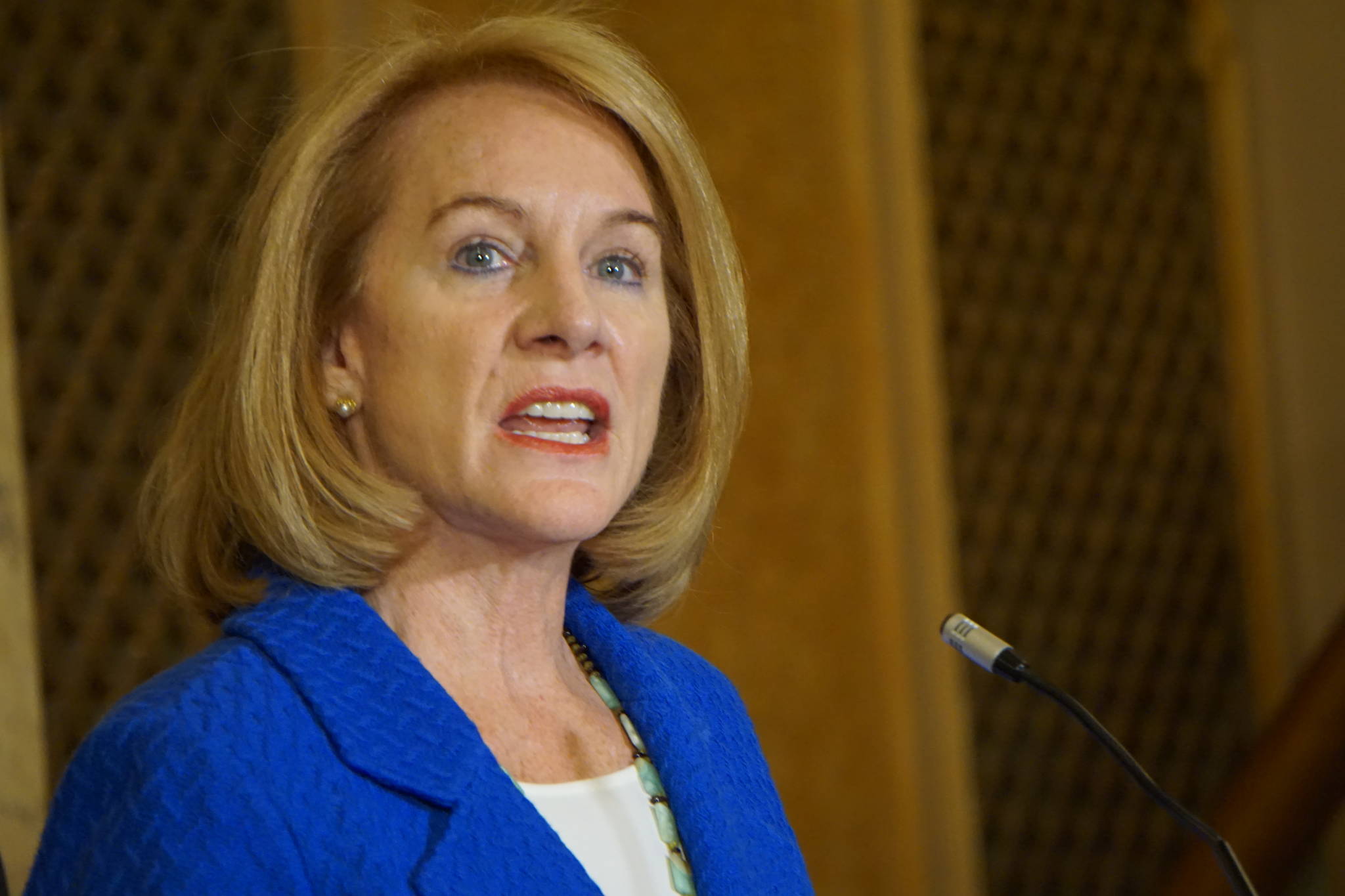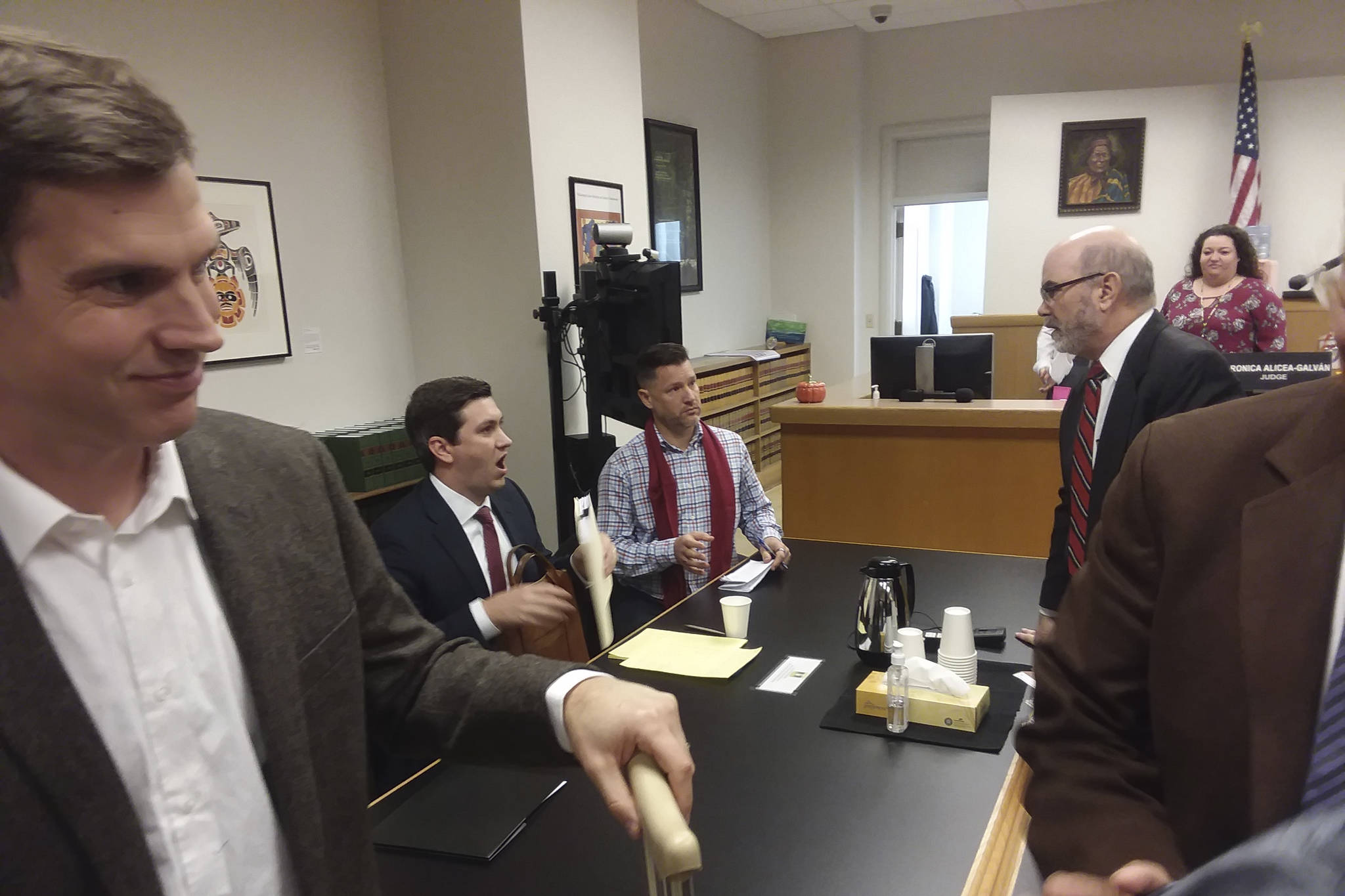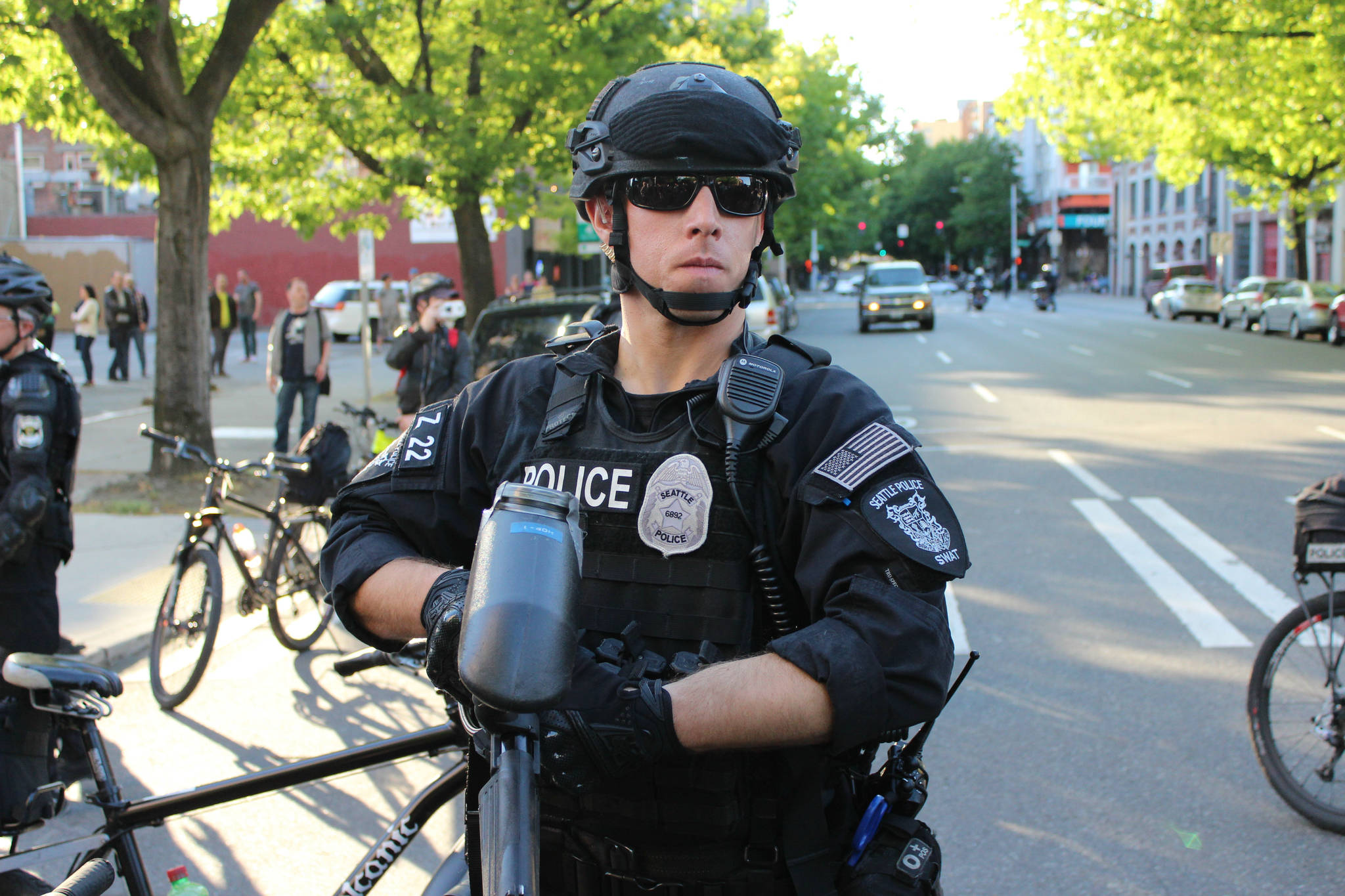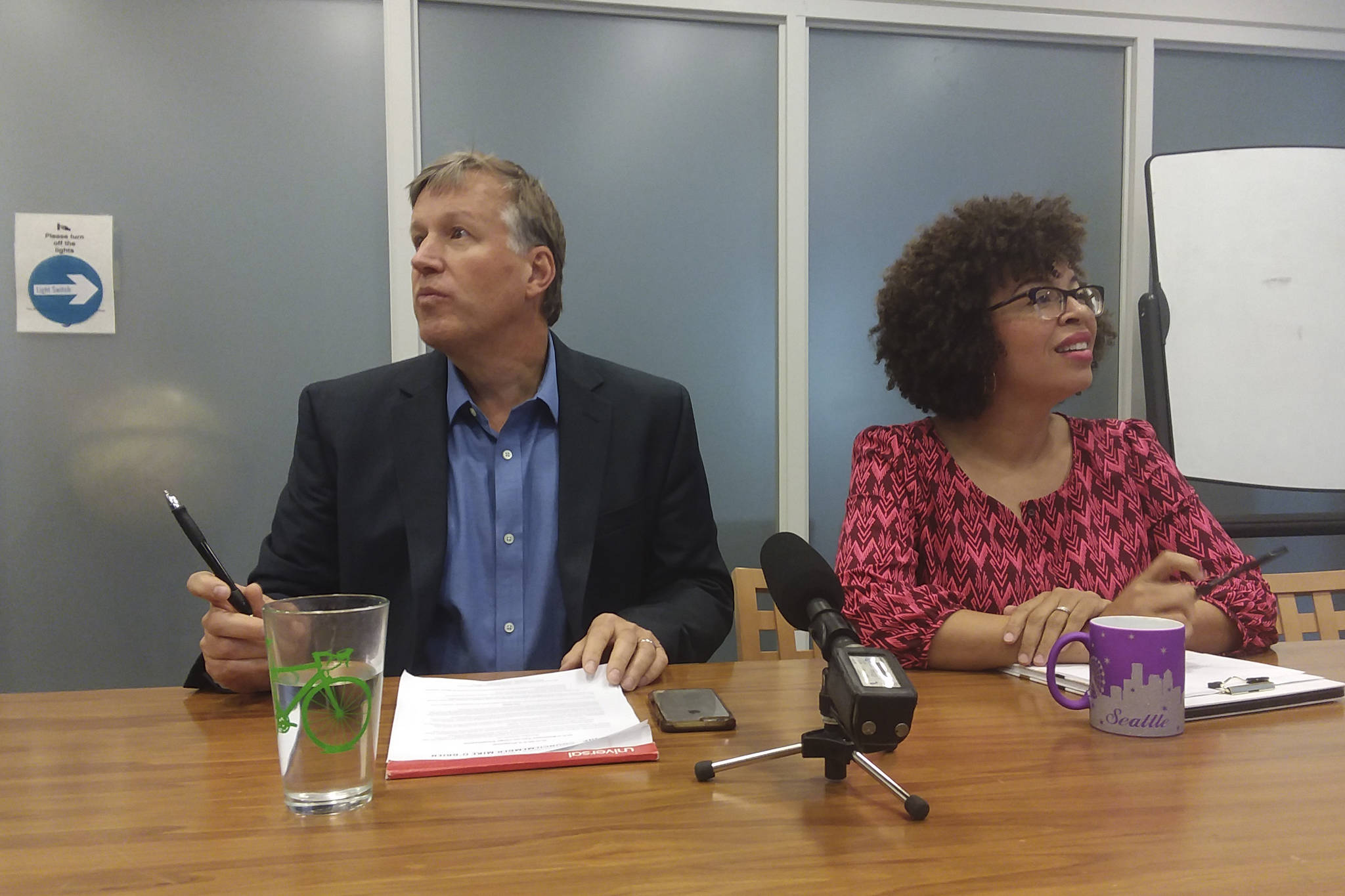On Monday, Seattle City Council voted to add voter registration materials to the packet of documents that landlords are required to provide to new tenants, with the goal of increasing renters’ participation in city governance. The bill passed unanimously (three councilmembers were absent). The passage was a small but important step for renter enfranchisement that came a little over a year after some Capitol Hill renters dreamed up the idea.
“I have a friend right now, he has lived in his apartment for a little over a year, and I just asked him ‘Have you changed your voter registration?’” said Zachary DeWolf of the Capitol Hill Community Council. “And he didn’t.” This is a common occurrence, said DeWolf, for renters in a state where voting occurs via mail. Renters move more often than homeowners and therefore have more opportunities to forget to update their address with election authorities.
Last year, DeWolf helped organize and took part in a Renters’ Summit on Capitol Hill where leaders and constituents spitballed ideas for increasing the political influence of renters in Seattle. The summit’s splashiest spitball was to recommend a renters’ commission, which would advise the mayor and council on issues affecting renters that range from new legislation to evaluating the enforcement of existing laws. In March, Council unanimously followed that recommendation.
But another idea was to find ways to increase voter participation among renters. At the summit, former Councilmember Nick Licata pointed to registering residents in low-income housing projects as key to building support for renters’ issues, according to Capitol Hill Seattle.
While adding voter registration materials to new tenant documents may not be as sexy as the renters’ commission, says DeWolf, it moves the needle. “I think the impact is not going to feel as monumental as the renter’s commission, where we have this body that can talk about issues pertaining to our city,” he says, “but really we’re just giving people an easy way to say, ‘Look, just so you know, you moved. It’s a vote-by-mail state. You gotta change your voter registration, so you can get your ballot here, so you can vote and be a part of the civic process.’”
But why bother landlords with voter registration responsibilities?
Because it’s easy and cheap. The voter registration materials, DeWolf notes, will be “in the packet that people are already getting [as new tenants]. So it was kind of a no-brainer when we were coming up with ideas … [For example,] we didn’t want to send out voter registration every month—something that’s going to be an onerous cost on the city or taxpayers. It’s like, ‘How can we use a system that’s already there, leverage that to make this process really easy and not have to have an extra cost?’” Answer: by piggybacking on the existing requirement that landlords hand out other documents to new tenants. “We thought, ‘Why not do something easy that’s already part of the process?’,” says DeWolf.
Renters tend to underrepresent in elections while homeowners overrepresent. This is true both nationally and in Seattle specifically. One way we know this: in Seattle, renters are geographically clustered in the downtown/Capitol Hill area especially, and to a lesser extent in the U District/Wallingford area. Those two areas also happen to be the only locations in Seattle that are designated as voter participation “deserts” by Portland State University’s Who Votes For Mayor? project, which studied the 2013 primary and general elections in Seattle, among other cities. Voter turnout was also low in Rainier Valley, while high voter turnout was concentrated in the waterfront residential areas along Lake Washington and Puget Sound and other affluent areas..
Seattle voter turnout is high in waterfront residential areas; low around downtown/Cap Hill, U District, and Rainier Valley (per 2013 data) pic.twitter.com/rlVxIMmRIU
— Casey Jaywork (@CaseyJaywork) June 20, 2017
In addition to geography, age is correlated with both voter participation and renter/homeowner status in Seattle. While our population is concentrated among 25 to 34 year olds, Seattle voters age 65 and older “have 7 times greater Election Clout than voters aged 18-34,” according to the WVFM? project. And the skew toward older voters doesn’t just exist between those two poles; the median age of Seattle voters is a decade older (50) than the median age of the overall adult population (40.8). The chart below shows how a Seattleite’s age and likelihood to vote are inversely related across all age cohorts. (The dark bars on the left represent an age cohort’s share of the voting age population, while the light bars on the right indicate its share of people who actually voted.)
In Seattle as elsewhere, old people tend to vote and young people don't.
Source: https://t.co/qKvo5T4upm pic.twitter.com/QrOwb1V7jQ— Casey Jaywork (@CaseyJaywork) June 20, 2017
In short, when we use either geography or age as a proxy for measuring whether voters are renters or homeowners, the evidence supports the idea that renter are underrepresented in Seattle elections. Whether adding voter registration materials to new tenant documents will mitigate that underrepresentation remains to be seen in coming years. Either way, though, the passage of the bill is a testament to the already-growing political influence of renters in Seattle. DeWolf says it charts a path that could be followed by other renter-friendly legislation.
“Thankfully, we’ve got really great support on the council,” he says, “and so if we keep coming up with ideas, we hope we can use this same coalition to really provide some grassroots ideas.” The question, he says, is “What are some ways that we can make this process easier for people? Because I think people feel disconnected from their own city government, so I hope this will make that a little bit easier.”
cjaywork@seattleweekly.com
This post has been updated.
